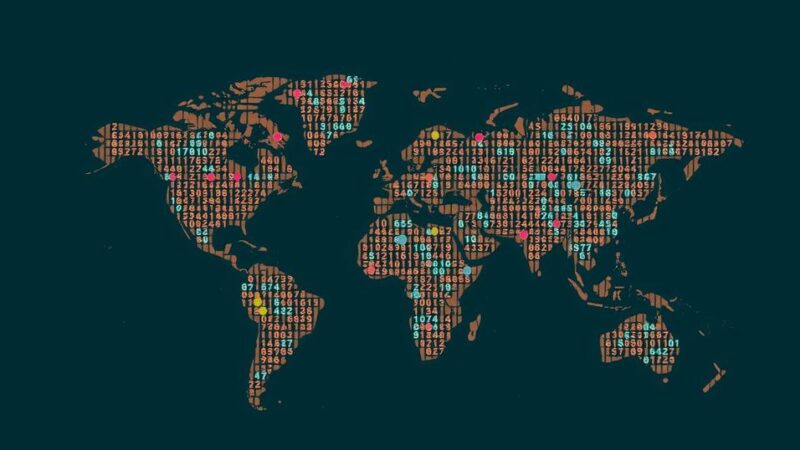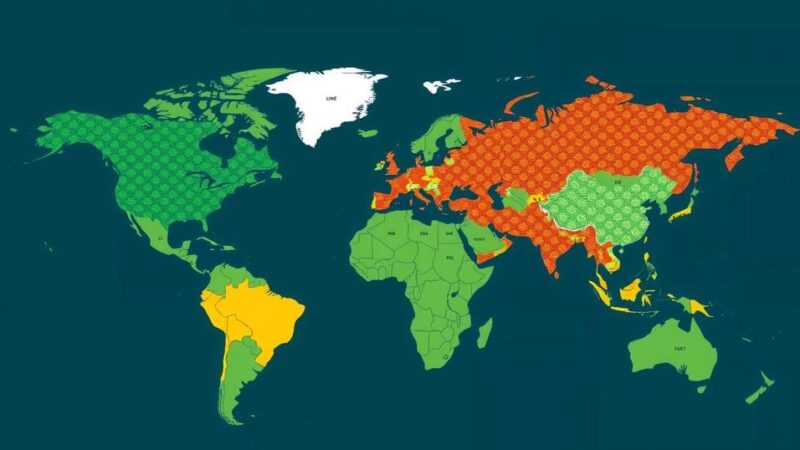New research reveals that hurricanes and tropical storms in the U.S. cause an excess of 7,000 to 11,000 deaths per storm, persisting for nearly 15 years post-event due to socio-economic disruptions. The findings highlight the disproportionate impact on marginalized communities, urging a reevaluation of disaster management and public health responses in the context of climate change.
Recent research has unveiled that hurricanes and tropical storms in the United States result in a significant increase in mortality rates for nearly 15 years following these events. While official statistics account only for immediate deaths due to causes such as drowning or trauma—averaging roughly 24 fatalities per storm—the study published on October 2 in Nature indicates a hidden toll of up to 11,000 additional deaths per cyclone. The study, led by Solomon Hsiang, a professor at the Stanford Doerr School of Sustainability, and Rachel Young, uses statistical analyses of data relating to 501 tropical cyclones impacting the Atlantic and Gulf coasts from 1930 to 2015. Their findings reveal that indirect effects of these storms—such as economic disruption and strained social networks—can extend mortality risks well beyond the immediate aftermath of the storm. Young stated, “When we started out, we thought that we might see a delayed effect of tropical cyclones on mortality maybe for six months or a year… The results show deaths due to hurricanes persist at much higher rates not only for months but years after floodwaters recede and public attention moves on.” This indicates that the consequences of hurricanes are not only immediate but also long-lasting, disproportionately affecting marginalized communities. Notably, Black individuals are three times more likely to die post-hurricane compared to their white counterparts. Moreover, the study estimates that 25% of infant deaths and 15% of deaths among those aged 1 to 44 in the U.S. are related to tropical cyclones. Hsiang and Young stress the necessity for improved awareness and preparedness to mitigate these extended health impacts, suggesting government and medical communities need to address the complex challenges arising after hurricanes. They emphasize the potential need for public health strategies that recognize the prolonged risks associated with tropical cyclones as regions grow increasingly susceptible under the realities of climate change. Acknowledging that such cyclones are projected to escalate in intensity, the findings support the urgency of refining disaster management and public health responses.
The impact of hurricanes extends beyond their immediate aftermath, as evidenced by this new research initiative that highlights the lingering effects on public health and mortality. Official governmental frameworks typically capture only the immediate fatalities associated with tropical storms. However, this study, leveraging extensive historical cyclone data, reveals that many additional deaths can be traced back to the socio-economic disruptions caused by these disasters. Previous research had indicated both economic slowdowns following hurricanes and significant mortality discrepancies based on race and socio-economic status, which this study further elucidates. It addresses the critical need for adapting health policies in light of climate change and its repercussions on extreme weather events.
The research conducted by Solomon Hsiang and Rachel Young underscores the extensive and prolonged mortality risks associated with hurricanes and tropical storms, estimating that they contribute to significantly more deaths than previously recorded in government statistics. These findings illuminate the persistent public health challenges posed by natural disasters, particularly in vulnerable communities. As climate change is predicted to exacerbate the severity of future storms, the implications of this research advocate for a reevaluation of disaster recovery and public health strategies to address long-term effects and inequities in mortality risk.
Original Source: news.stanford.edu






